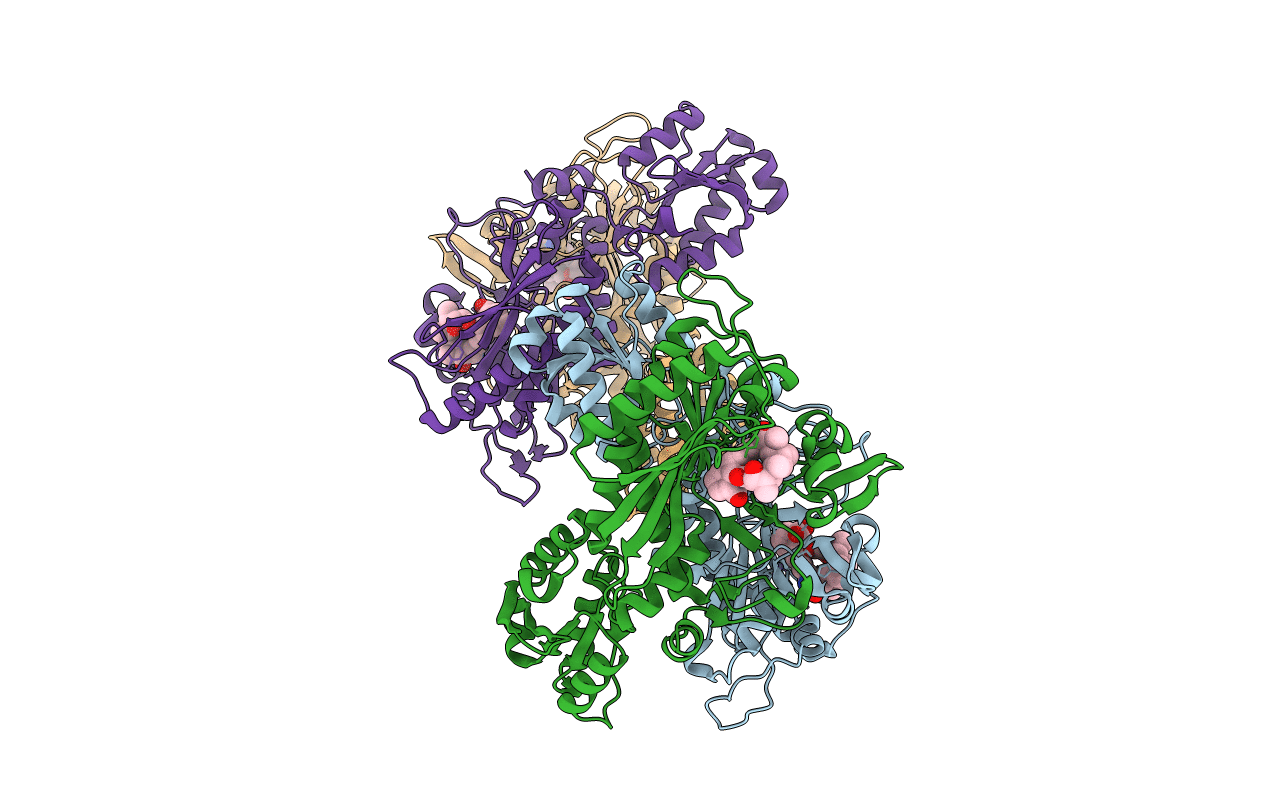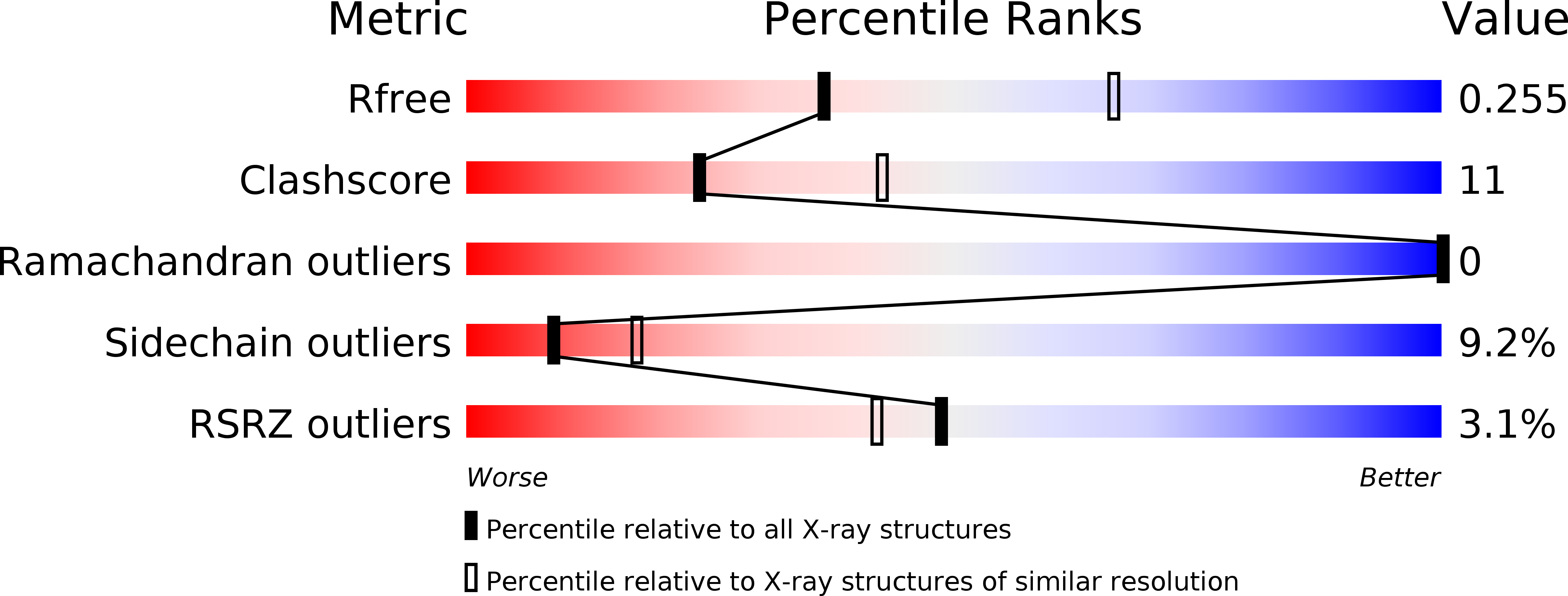
Deposition Date
2014-03-09
Release Date
2015-03-11
Last Version Date
2023-12-27
Entry Detail
PDB ID:
4P3N
Keywords:
Title:
Structural Basis for Full-Spectrum Inhibition of Threonyl-tRNA Synthetase by Borrelidin 1
Biological Source:
Source Organism:
Homo sapiens (Taxon ID: 9606)
Host Organism:
Method Details:
Experimental Method:
Resolution:
2.60 Å
R-Value Free:
0.25
R-Value Work:
0.22
R-Value Observed:
0.22
Space Group:
P 1


